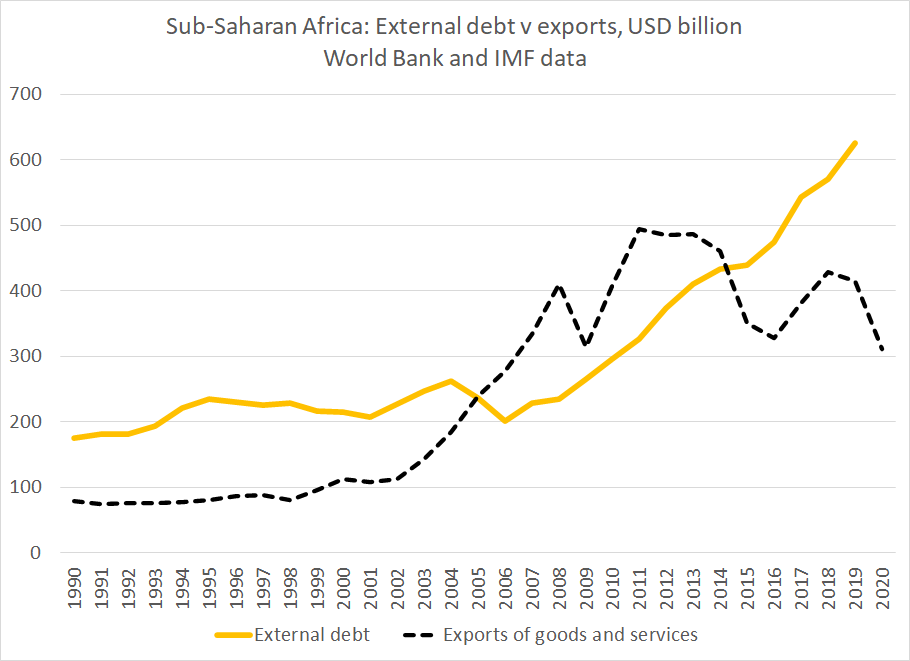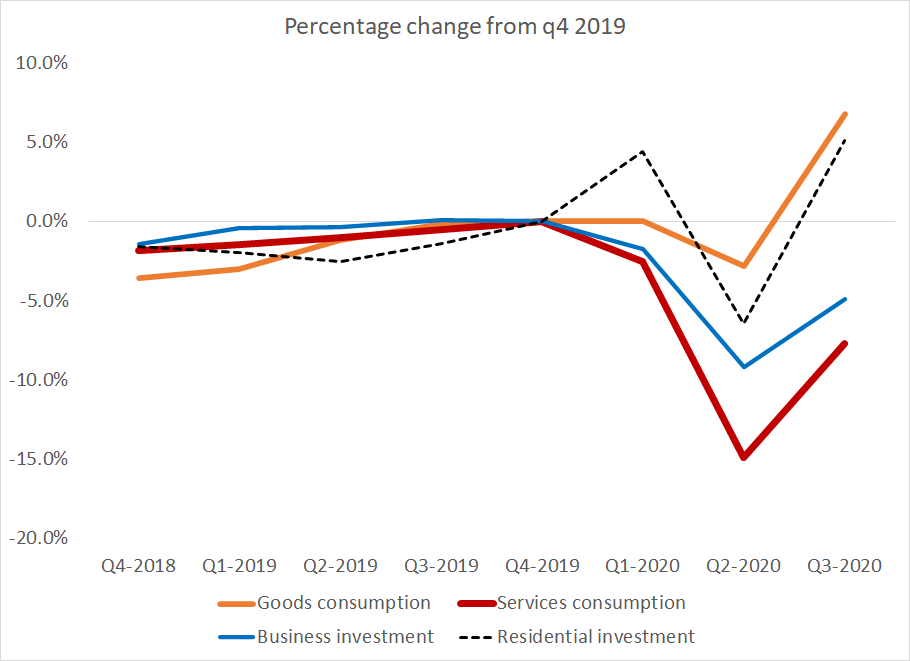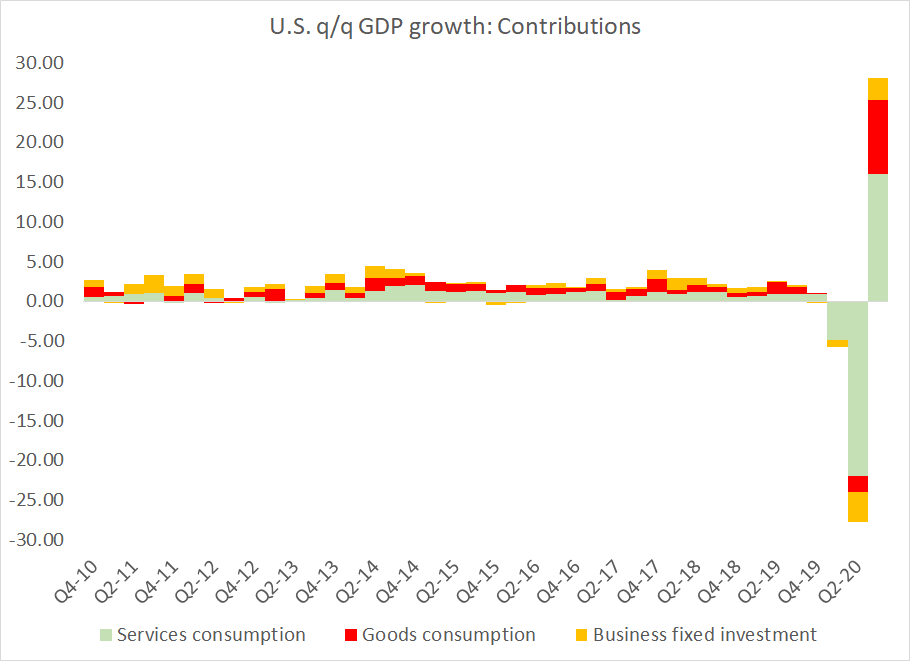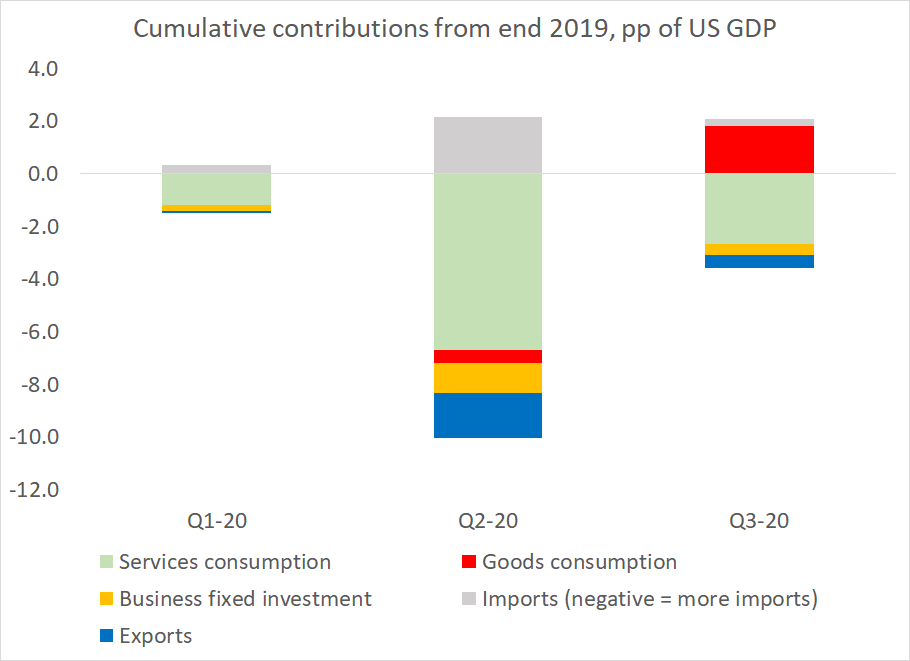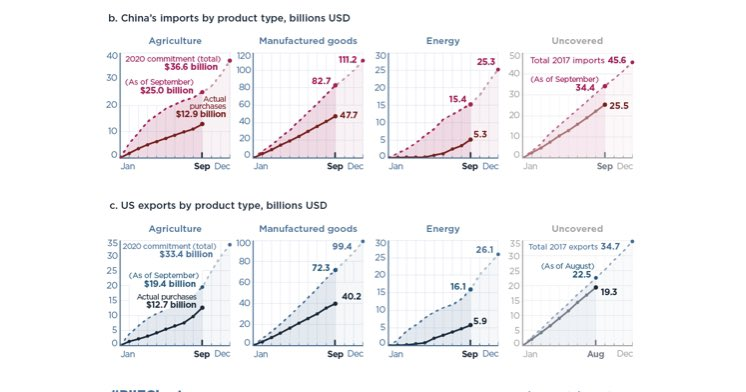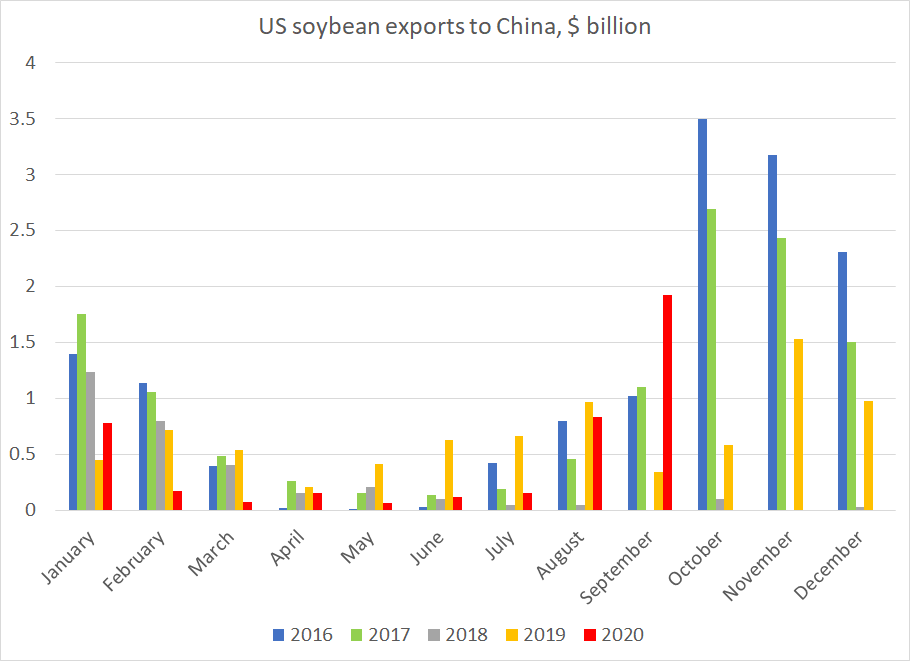
Nice turn of phrase from @S_Rabinovitch. China's reported reserves have indeed been "uncannily steady" ....
economist.com/finance-and-ec…
economist.com/finance-and-ec…

This tho may be the most important bit --
... "currency traders sense the hand of the state, albeit more discreet than in the past. “My guess is that the central bank now has special trading accounts at the state banks" ...
... "currency traders sense the hand of the state, albeit more discreet than in the past. “My guess is that the central bank now has special trading accounts at the state banks" ...
I have long thought that you can get a more accurate picture of what China is really doing by adding the net foreign assets of the state banks to the PBOC's reported (CNY balance sheet) foreign exchange reserves -- which have indeed been a bit too steady for the last year + 

for close observers of the data, the PBOC balance sheet reserves were also super steady in 2012 -- the activity then as now was over at the state banks. And the state banking data suggests (sensibly) sales in q1, followed by purchases in q2 and q3 ...
That matches my read of the balance of payments data for both q1 and q2 ...
Alas, we have to wait another two months for the complete q3 BoP data.
cfr.org/blog/chasing-s…
Alas, we have to wait another two months for the complete q3 BoP data.
cfr.org/blog/chasing-s…

• • •
Missing some Tweet in this thread? You can try to
force a refresh


